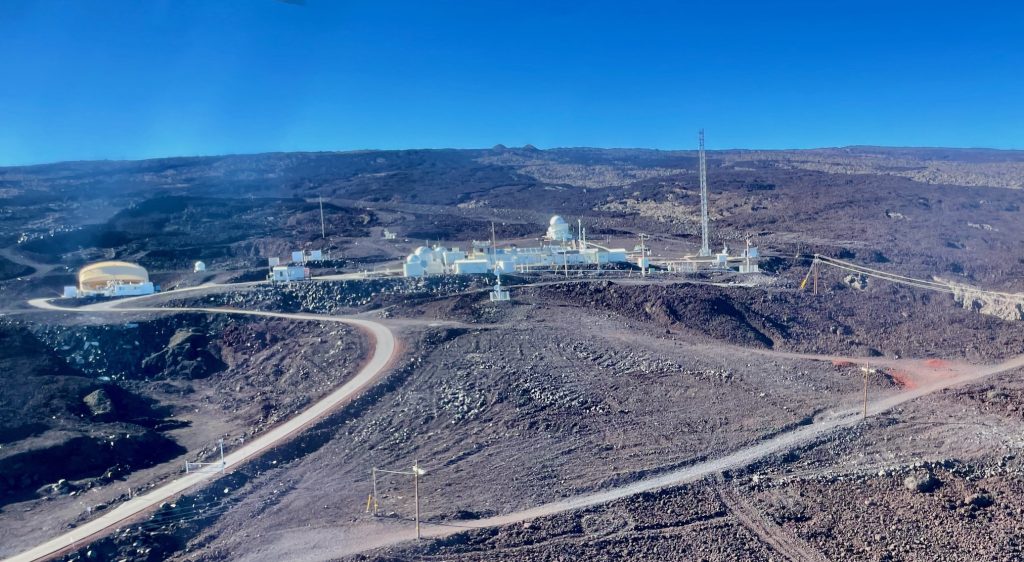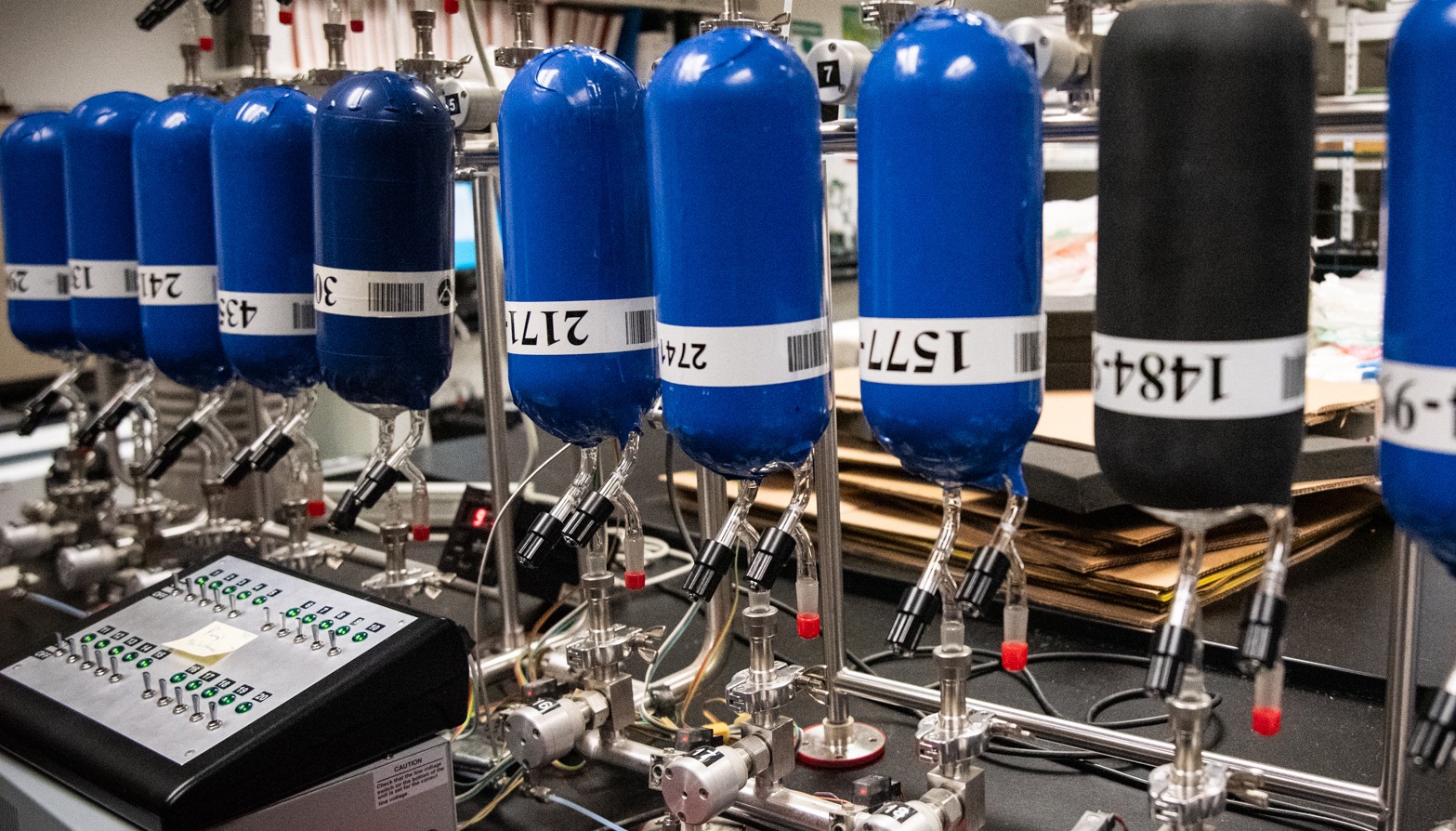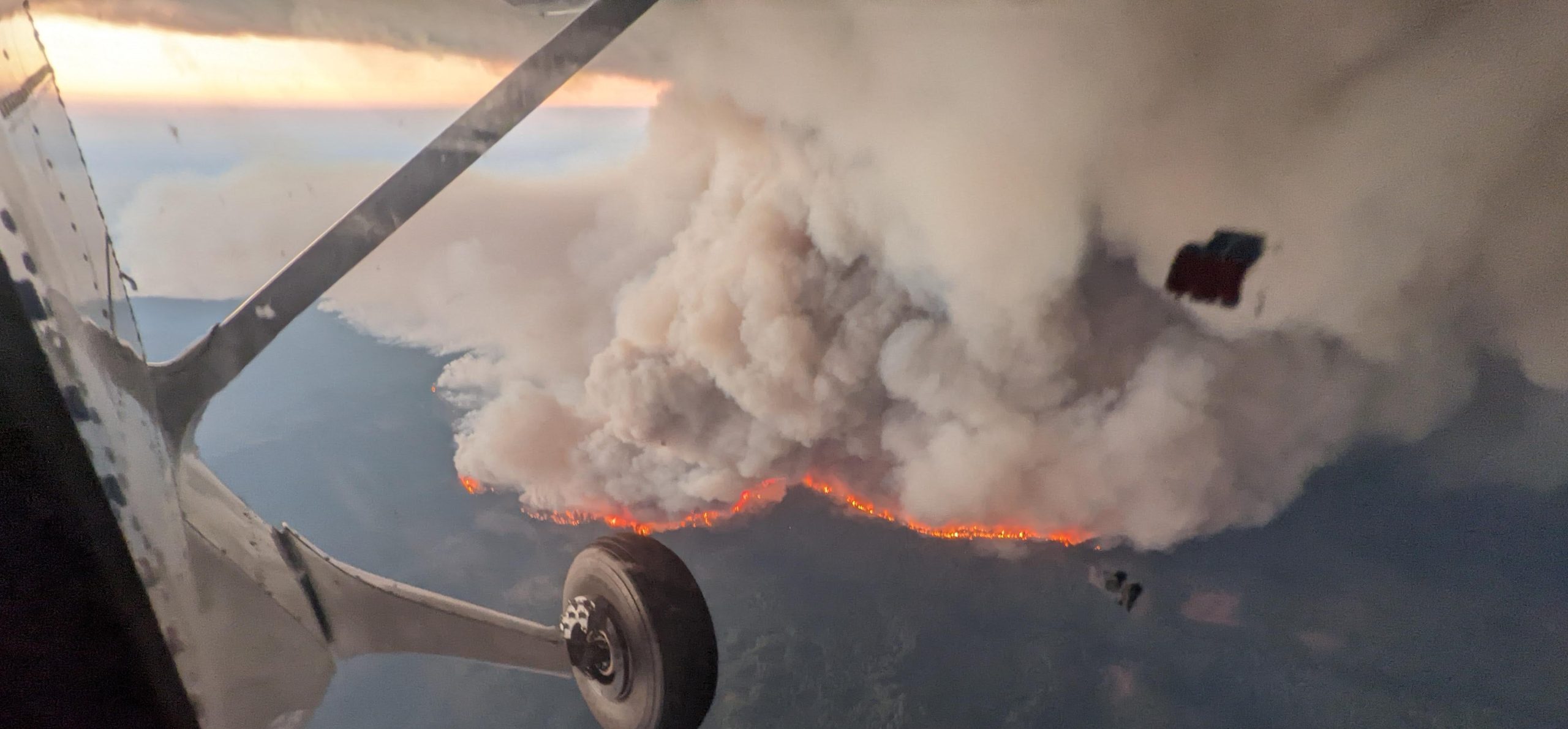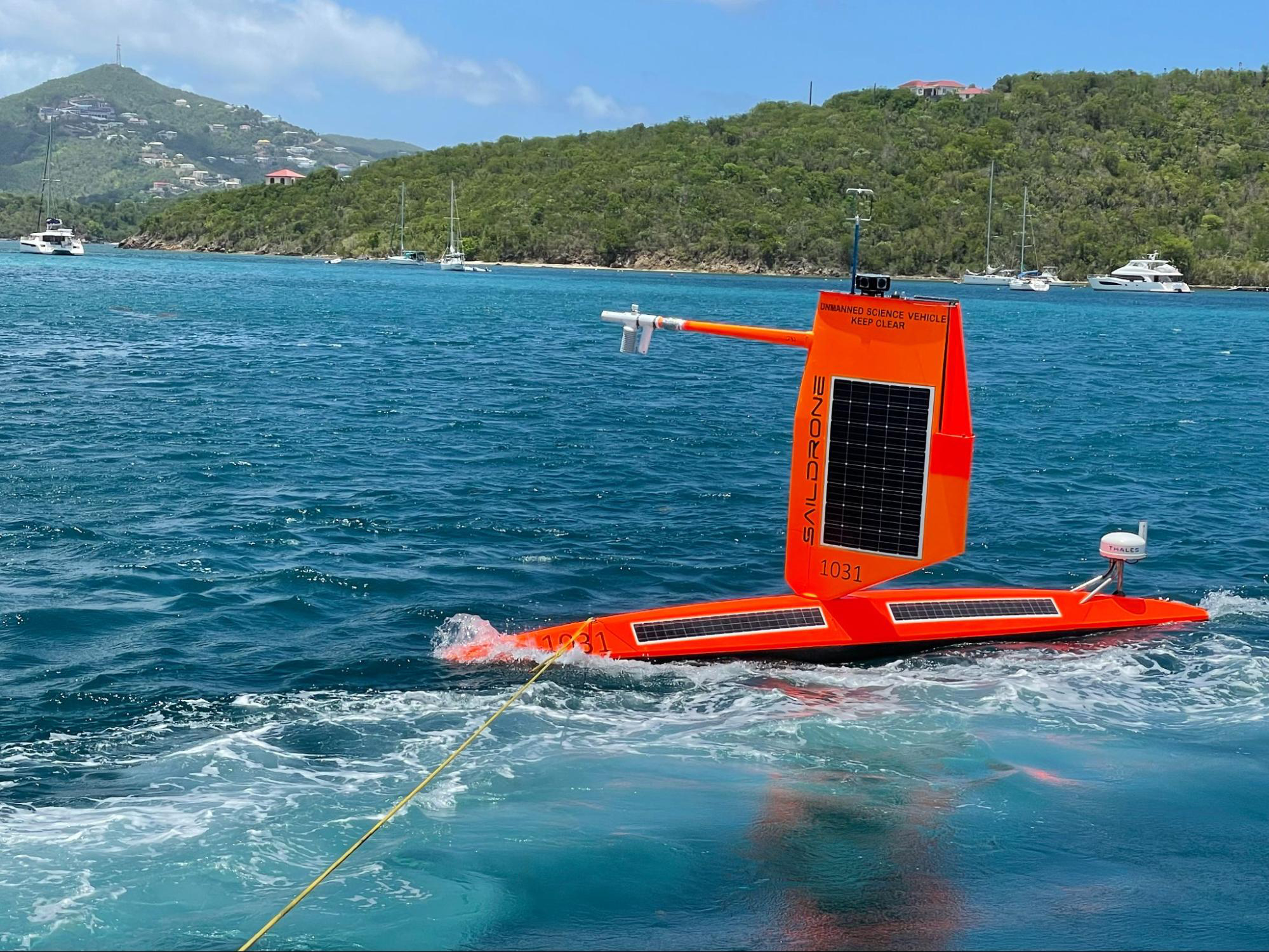The U.S. Department of Energy (DOE) has awarded NOAA $5 million to support the conversion of the Mauna Loa atmospheric baseline observatory in Hawaii to a net-zero carbon facility.
The award, part of $250 million in funding announced by DOE’s Assisting Federal Facilities with Energy Conservation Technologies (AFFECT) program, will help NOAA’s Global Monitoring Laboratory purchase solar panels and battery storage systems that will enable the observatory to operate on renewable energy. AFFECT provides grants from funding provided by the Bipartisan Infrastructure Law to support energy and water efficiency projects and processes at U.S. federal government-owned facilities.
The Mauna Loa Observatory is considered to be the benchmark site for monitoring the global increase in greenhouse gases which are driving climate change. The observatory has been without road access and electricity since November 2022, when lava from the erupting Mauna Loa volcano buried a little more than a mile of the access road and destroyed power poles.


“Over the past year, staff visiting the site once a week by helicopter have restored limited power to four key observatory buildings by augmenting existing solar generation and adding battery systems,” said Vanda Grubišić, the Global Monitoring Laboratory’s director. “This project will allow us to operate fully on renewable energy to generate the electricity needed to make measurements critical for understanding our changing climate. It is fitting that Mauna Loa will be the first net-zero facility operated by NOAA and I’m proud of my team’s achievement.”
Approximately 33% of the atmospheric measurements on the mountain site have now been restored, including consistent measurements for all of the Global Monitoring Laboratory’s primary research groups: greenhouse gases, halocarbons and trace gases, ozone, global radiation and aerosols.
Relying on renewable energy to power the research site will help prevent future interruptions due to volcanic activity, said Christine Smith, acting Observatory and Global Network Operations Division lead. “This project will make the observatory more resilient to future volcanic activity and eliminate carbon emissions from the facility itself,” she said.
Over the past 3,000 years, Mauna Loa has erupted on average once every six years. During the last eruption in 1984, measurements were interrupted for 34 days. In 2022, daily carbon dioxide measurements were interrupted for 10 days before staff could establish a temporary monitoring site at a University of Hawaii observatory on nearby Mauna Kea.
Since the Mauna Loa Observatory already uses roof collection systems to capture water needed to run the 8-acre campus, the observatory would be the first Department of Commerce facility to be net-zero for both electricity and water.
Prior to the eruption, the Global Monitoring Laboratory had planned to initiate a significant site redevelopment for the 8-acre campus in 2023. The first phase called for upgrading the interior and exterior of the historic Keeling Building, constructing an addition for the Keeling Building, replacing a number of smaller buildings and reworking the site’s power and grounding infrastructure. NOAA has committed to using “green” practices and materials wherever possible and incorporating LEED principles into the construction effort.
Construction is now on hold until road access is restored. NOAA has signed an agreement with the U.S. Department of Transportation to re-open the 18-mile access road. “When this project is complete, the Mauna Loa Observatory will be a more effective and efficient research campus for NOAA and partner scientific research for decades to come,” Grubišić said
For more information, contact Theo Stein, NOAA Communications: theo.stein@noaa.gov.



